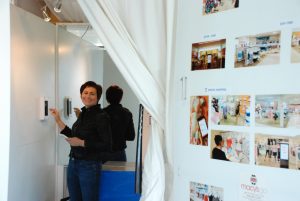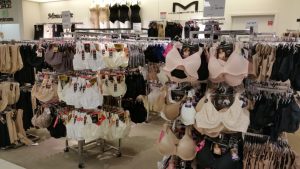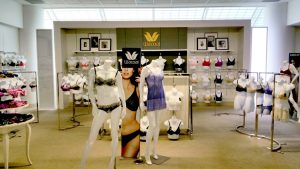Was working in retail your fantasy as a little girl?
No, retail in Moscow when I was growing up was drab and unglamorous, with long lines for whatever merchandise was available.
What brought you to the U.S.?
After the breakup of the Soviet Union in 1989, I left Moscow and, eventually, studied math at Princeton. Later, I worked at Amazon.
What was your introduction to Amazon like?
My first holiday season there, I worked in the customer call center. The vast majority of questions were, “Where’s my order?” I learned how to say, “I don’t know,” in many creative ways.
You helped change that?
I developed systems that told us how much to buy, from whom, how to ship, to which warehouse, down to the exact person who will pick it up and when and which truck it will go on.
Were you as successful at your own store?
Not at first. It was total frustration. Customers could never find what they needed, and I’d run around the store having no clue where anything was. All denim looks the same.
But at least you enjoyed your customers.
No, I started to hate them. I’d fold all day long, and they’d pull the one from the bottom and explode all my careful piles. Or they’d scream at me from the fitting room because they didn’t have what they needed. All I wanted to do was close the door and not let another person inside.
Advertisement
What changed?
My daughter pointed out: “If you’re in retail, and you hate customers, you won’t do very well.”
What is your customer experience like now?
They walk in to a “garden of mannequins,” everything easy to see and organized by style and sizes. Customers don’t destroy those displays, so I don’t have to fold anything – so I don’t hate them. They can touch items with their smartphones, or with a “magic wand” we give them, and the items are automatically sent to the dressing room.
And now you’re helping other retailers see the true word?
I helped one client, a toy retailer, transform its store into a playroom full of toys. Now, customers say, “When I buy online, I spend $30 and the child plays with the box. Here, I spend $30 and I know the child is getting what he really wants.”
Russian Dressing
What did you know about America before you arrived?
Soviet propaganda portrayed America as a terrible place to live. People were poor, there was zero upward mobility if you didn’t inherit money, and there was a lot of corruption; a lot of sex and drugs.
Did you later realize how wrong Soviet propaganda had been?
American retail really opened my eyes – how lavish and well-stocked everything was. I remember walking down the center aisle of Macy’s Herald Square in total awe. Even today, I go into a store, maybe not feeling confident, buy something and walk out feeling like a million bucks. People underestimate the value of it.
Advertisement
For more VMSD Checking Out interviews, click here.
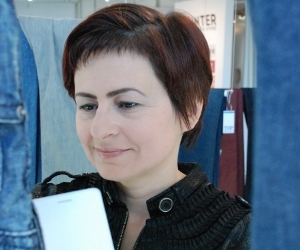

 Headlines1 week ago
Headlines1 week ago
 Headlines2 weeks ago
Headlines2 weeks ago
 Headlines2 weeks ago
Headlines2 weeks ago
 Headlines2 weeks ago
Headlines2 weeks ago
 John Ryan2 weeks ago
John Ryan2 weeks ago
 Sector Spotlight1 week ago
Sector Spotlight1 week ago
 Headlines6 days ago
Headlines6 days ago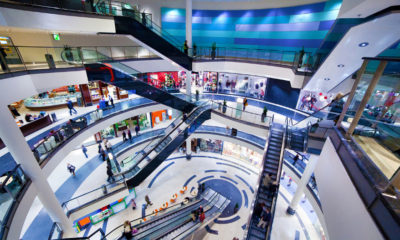
 Headlines2 weeks ago
Headlines2 weeks ago
